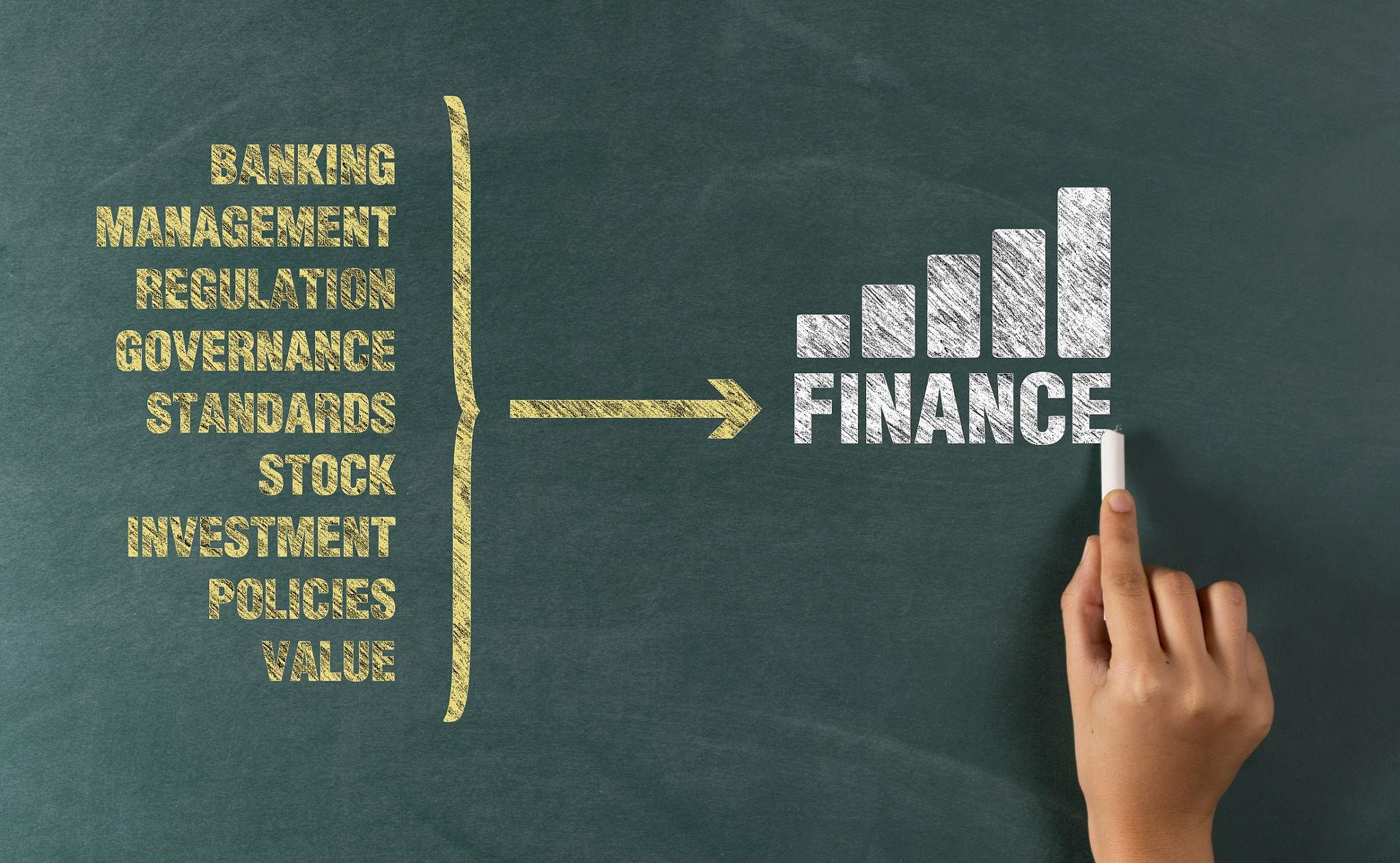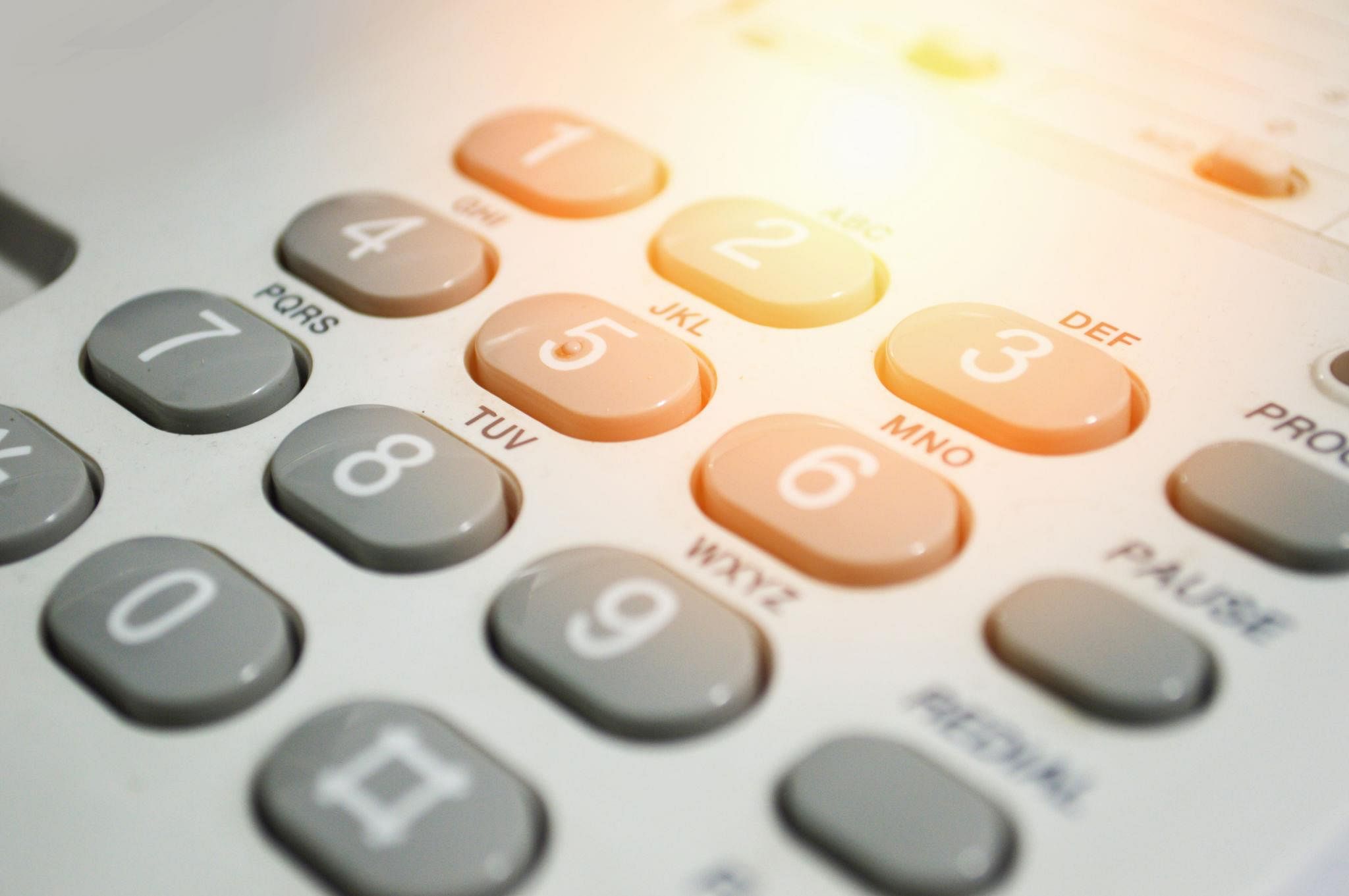|
Card: 2 / 34 |
An exponent indicates how many times a base is multiplied by itself. For example, in 3², the exponent is 2, meaning 3 × 3.  |
|
Card: 4 / 34 |
To multiply powers with the same base, add the exponents. For example, aⁿ × aᵐ = aⁿ⁺ᵐ. |
|
Card: 6 / 34 |
A negative exponent indicates the reciprocal of the base raised to the absolute value of the exponent. For example, x⁻² = 1/x².  |
|
Card: 8 / 34 |
To divide powers with the same base, subtract the exponents. For example, aⁿ / aᵐ = aⁿ⁻ᵐ. |
|
Card: 10 / 34 |
Any base raised to the power of zero equals one, as long as the base is not zero. For example, a⁰ = 1.  |
|
Card: 12 / 34 |
When raising a power to another power, multiply the exponents. For example, (aⁿ)ᵐ = aⁿᵐ. |
|
Card: 18 / 34 |
When raising a product to a power, distribute the exponent to each factor. For example, (ab)ⁿ = aⁿbⁿ.  |
|
Card: 24 / 34 |
A fractional exponent represents a root. For example, a^(1/n) equals the nth root of a. |
|
Card: 26 / 34 |
Using the fractional exponent rule, 27^(2/3) = (3³)^(2/3) = 3^(3×(2/3)) = 3² = 9.  |


























